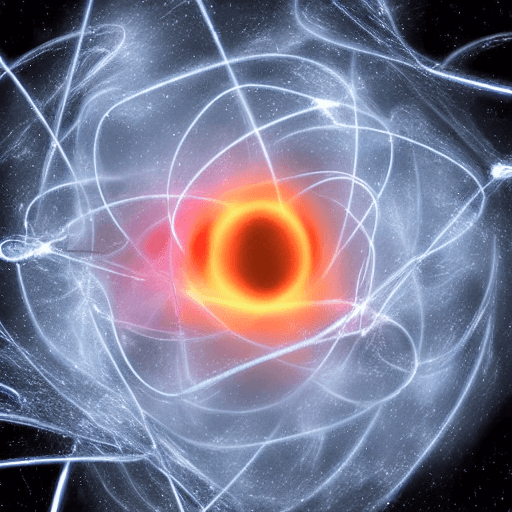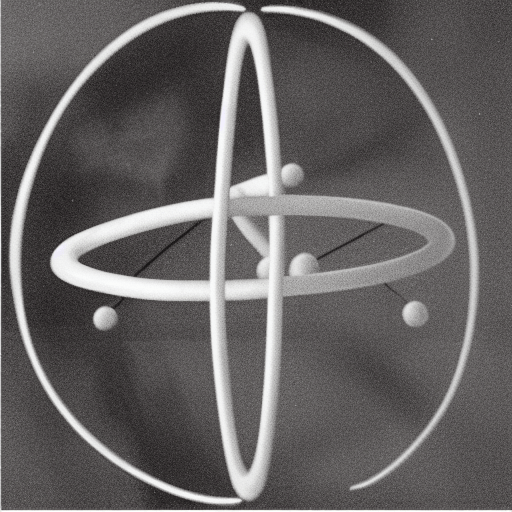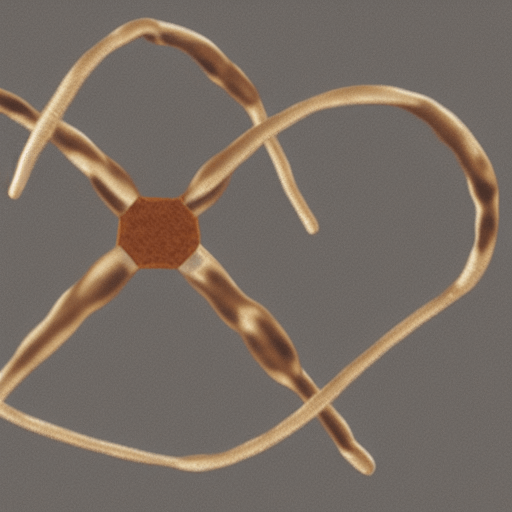Which Element Has The Largest Atomic Radius
If you’re looking for information on which element has the largest atomic radius, you’ve come to the right place.
Let’s review the various properties of atoms, and give you the element with the largest atomic radius. Keep reading to learn more!

Francium has the largest atomic radius of all the elements.
Explain It To A Child
Francium is the element with the largest atomic radius. Francium has 87 electrons and a diameter of 260 picometers.
Its atomic radius is about 260 picometers. This is because francium is a very light element with a single electron in its outer shell.
The larger the atom, the more space there is between the nucleus and the outer electrons.
Which element has the largest atomic radius
The element with the largest atomic radius is francium. Francium has 87 electrons and a diameter of about 260 picometers.
By comparison, the diameter of a hydrogen atom is about 53 picometers.
This makes francium about five times larger than hydrogen.
Francium is also one of the heaviest known elements; its atoms weigh nearly twice as much as hydrogen atoms.
Despite its large size, francium is rare and has only been found in trace amounts in the laboratory.
How do you calculate the atomic radius of the largest element?
The atomic radius of an element is the distance from the center of the nucleus to the outermost electron in the atom.

The difficult part of this calculation is that electrons are constantly moving, so there is no definitive answer.
Most often, atomic radius is calculated using the Bohr model of the atom, which treats electrons as orbiting the nucleus in a series of defined orbits.
However, this model is not always accurate, and other methods may be used in certain cases.
Ultimately, the atomic radius of an element can be thought of as an average distance, and it is generally represented by either a single value or a range of values.
How does the size of an atom vary
The size of an atom is determined by the number of protons in its nucleus.
- The larger the number of protons, the larger the atom.
- However, the size of an atom also depends on the presence of neutrons.
- Atoms with more neutrons are typically larger than atoms with fewer neutrons.
The size of an atom also affects its properties. For example, large atoms tend to be denser than small atoms.

They also tend to have higher melting and boiling points.
In general, the size of an atom is an important determinant of its physical and chemical properties.
What factors affect the size of an atom’s radius of the largest element
The radius of an atom is determined by the size of its nucleus. The larger the nucleus, the greater the attractive force between the protons and the electrons in the orbitals.

This force increases as the number of protons in the nucleus increases.
As a result, atoms with more protons tend to have smaller radii than those with fewer protons.
The size of an atom’s radius is also affected by the number of orbitals surrounding the nucleus.
- The more orbitals there are, the further away the electrons are from the nucleus.
- As a result, atoms with more orbitals tend to have larger radii than those with fewer orbitals.
- Finally, the size of an atom’s radius is affected by the type of orbital that surrounds the nucleus.
- Atoms with s-orbitals tend to have smaller radii than those with p-orbitals.
- This is because s-orbitals are closer to the nucleus than p-orbitals.
Consequently, atoms with more s-orbitals tend to have smaller radii than those with fewer s-orbitals.
All of these factors play a role in determining the size of an atom’s radius.
How does the size of an atom affect its chemical properties?
The size of an atom influences its chemical properties in a variety of ways.
Most notably, the size of an atom’s nucleus determines the types of elements it can form.
For example, atoms with large nuclei are more likely to form stable noble gases, while atoms with smaller nuclei are more likely to form reactive metals.
In addition, the size of an atom’s electron cloud also affects its chemical properties.
Atoms with larger electron clouds are more likely to form covalent bonds, while atoms with smaller electron clouds are more likely to form ionic bonds.
As a result, the size of an atom plays a significant role in determining its chemical properties.
Consequently, very little is known about the element.
However, scientists believe that francium may be used in the future to create new and powerful explosives.
Article Sources
Jacks of Science sources the most authoritative, trustworthy, and highly recognized institutions for our article research. Learn more about our Editorial Teams process and diligence in verifying the accuracy of every article we publish.
